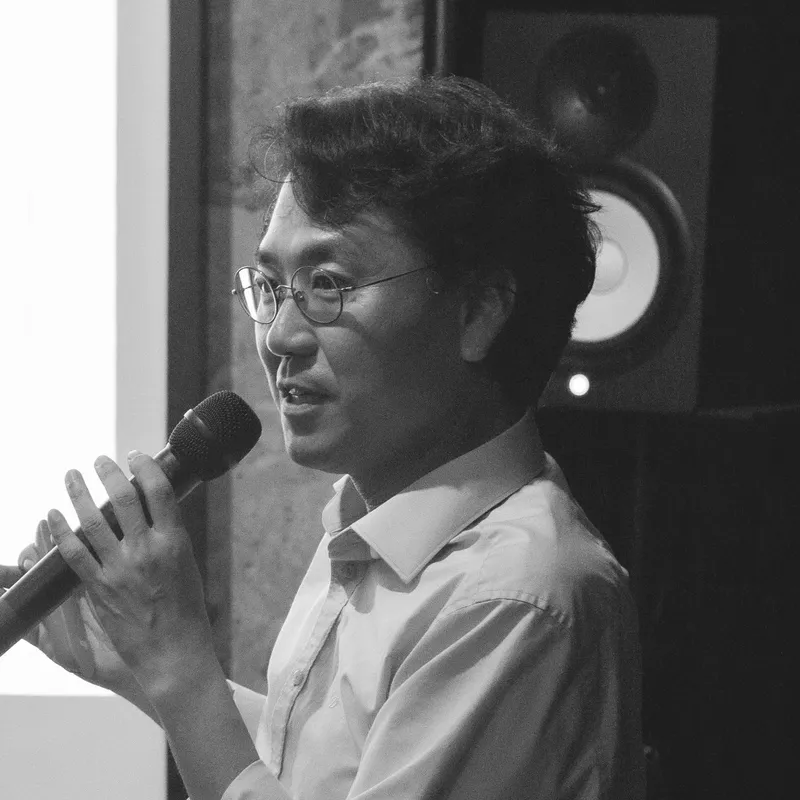
19세기 유럽에서 시작된 복원 논쟁은 단순히 건물을 다시 짓는 문제가 아니었습니다. '시간이 남긴 흔적을 존중할 것인가, 과거의 원형을 새롭게 재현할 것인가?' 이 질문 속에서 현대 보존 철학의 기초가 마련되었습니다.
프랑스 혁명을 거치며 귀족과 교회의 소유물이던 건축물은 국민 전체의 공공유산으로 바뀌었습니다. 유산은 더 이상 소유의 문제가 아니라, 모두가 함께 기억하고 지켜야 할 공동체의 책임이 된 것입니다.
아테네 헌장, 베니스 헌장, 나라 문서 같은 국제 협약은 보존의 원칙을 세웠습니다. 진정성, 최소 개입, 가역성, 시대적 중첩 존중.이 기준은 단순한 지침이 아니라, 세계유산을 둘러싼 국제적 합의이자 문화적 약속이 되었습니다.
3D 스캔, 디지털 트윈, AI, 로봇, 3D 프린팅 같은 기술은 파괴된 유산을 다시 세우는 길을 열고 있습니다. 기술은 복원의 가능성을 확장하면서도, 유산의 진정성에 새로운 질문을 던지고 있습니다.
오늘날 유산은 단순히 보존의 대상에 머물지 않습니다. 유산은 기억과 망각, 보존과 창조 사이에서 끊임없이 재정의되는 살아 있는 개념입니다.
The restoration debate that began in 19th-century Europe was not simply about rebuilding structures. It revolved around the question: 'Should we respect the traces left by time, or should we faithfully recreate the original form of the past?' From this question, the foundation of modern conservation philosophy was established.
Through the French Revolution, buildings that were once the property of the nobility and the church became public heritage for the entire nation. Heritage ceased to be a matter of ownership and instead became a collective responsibility—something that everyone must remember and protect together.
These international instruments, such as the Athens Charter, the Venice Charter, and the Nara Document, have set forth conservation principles—authenticity, minimal intervention, reversibility, and respect for historical stratification. These criteria have evolved beyond simple guidelines to serve as both an international consensus and a cultural pledge concerning World Heritage.
Emerging technologies—including 3D scanning, digital twins, AI, robotics, and 3D printing—are creating new opportunities for rebuilding destroyed heritage. At the same time, they broaden the scope of restoration while posing new challenges to the notion of authenticity in heritage.
Today, heritage is no longer merely an object of preservation. It is a living concept, constantly redefined between memory and forgetting, preservation and creation.